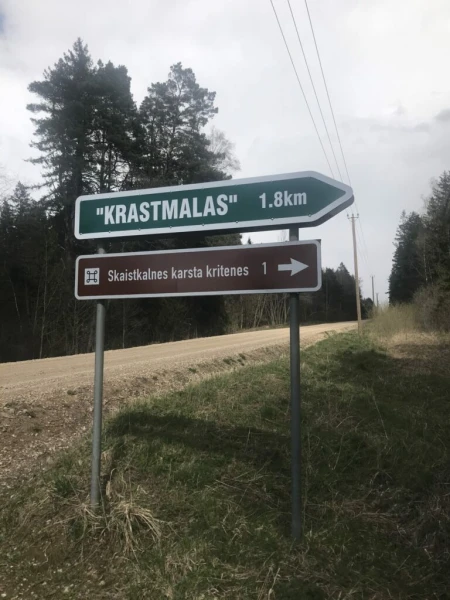
In Skaistkalne, in the area of Kalna Street, significant changes in the terrain have occurred in recent days — the previously known karst sinkhole has expanded and become much larger, as reported by the Bauska municipality.
The landslide has exposed expressive geological layers, including blue clays and dolomite, and has also created a small waterfall that continues to shape the terrain. The municipality emphasizes that this natural process provides a rare opportunity to see the structure of deep layers of the earth, which is usually hidden from everyday view.
At the same time, the municipality reminds that the active karst process also means increased danger. The edges of the collapse are unstable, and the ground may continue to slide without warning. To ensure visibility and a safe distance, local authorities have tidied up the surroundings and fenced off the area of the karst sinkhole. It should also be noted that this site is on private land, so residents are asked to respect private property and not cross the fences.
The municipality explains that karst collapses in this area are not a random phenomenon. Beneath the earth's surface are dolomite and limestone rocks that are gradually washed away by groundwater, creating voids. When the surface layers can no longer be supported, they collapse, forming sinkholes. These processes can occur gradually or suddenly, as in this case.
The municipality asks residents not to approach the edges of the sinkholes and not to leave children or pets unattended near the site. Interested parties are also urged to maintain awareness and respect for nature, which here manifests in its dynamic, changeable form.
The Skaistkalne parish department continues to collaborate with geologists to assess the situation and necessary safety measures.









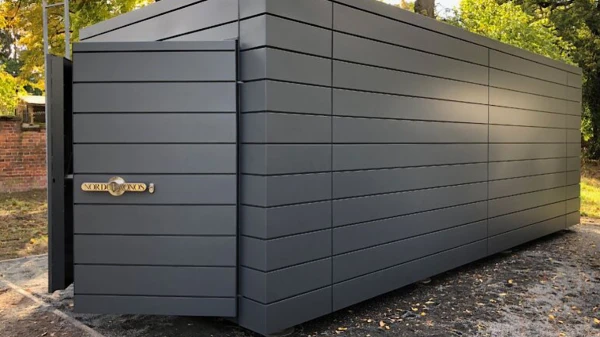
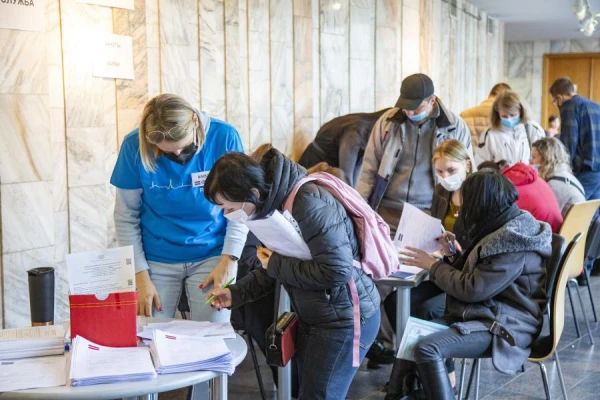

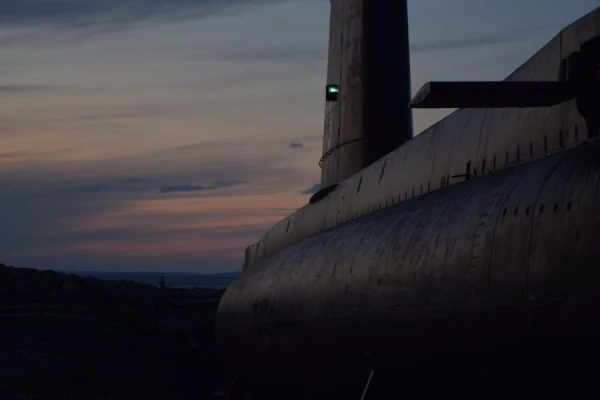
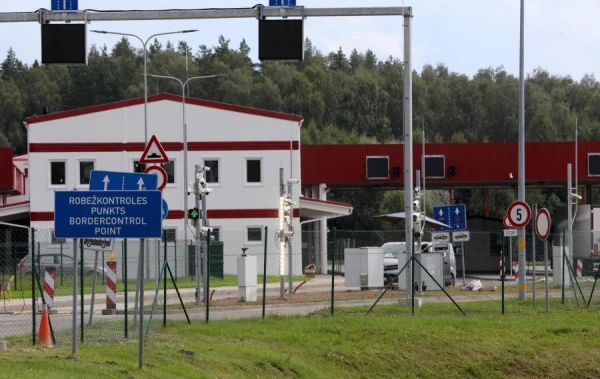
Leave a comment